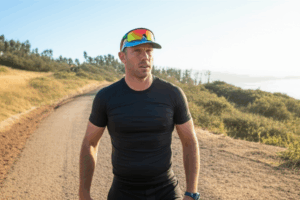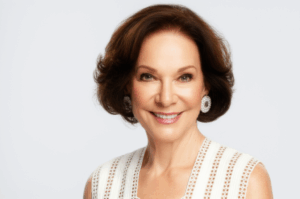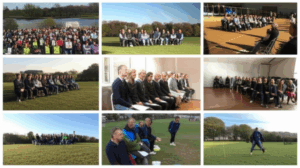In a world increasingly defined by the glow of screens and the slump of desk chairs, our bodies are silently protesting. The relentless pull of gravity, combined with hours spent hunched over devices, often leads to a premature “aging” of the spine—a forward collapse that can affect everything from our posture to our energy levels. Yet, amidst this modern malaise, a powerful antidote exists, championed by qualified Pilates instructor Rebecca Dadoun: a single, crucial movement known as “The Dart” that promises to unravel the damage and restore youthful vitality to your posture and core.
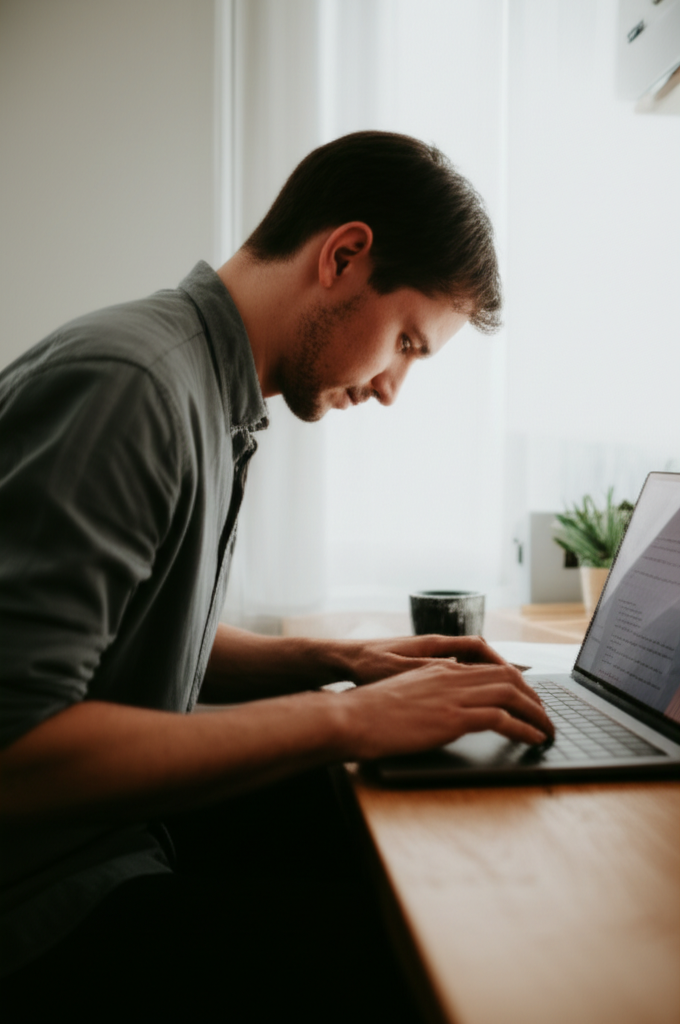
Understanding the Modern Lifestyle’s Impact on the Body
Modern daily life, while offering unprecedented convenience, comes with a hidden cost to our physical well-being. Prolonged sitting, often in static and suboptimal postures, creates muscular imbalances and weakens the very structures designed to keep us upright and mobile. This sedentary existence can lead to a phenomenon often dubbed the “iHunch,” where the upper body rounds forward, the shoulders slump, and the neck cranes, contributing to chronic aches and pains. Our bodies, designed for movement and varied physical demands, are instead confined, leading to decreased flexibility, reduced muscle mass, and even weakened bone density over time. Pilates, developed by Joseph Pilates, recognized these issues in the 1920s, highlighting how modern lifestyles impact balance, posture, and overall physical health.
The Perils of Prolonged Sitting
Sitting for extended periods compresses the spine, tightens hip flexors, and weakens the core and gluteal muscles. This imbalance can lead to lower back pain, neck stiffness, and poor circulation. Over time, the body adapts to these seated positions, making it harder to maintain a natural, upright posture even when standing or moving. This constant forward flexion, whether from working at a desk or looking at a phone, is precisely what specific Pilates exercises aim to counteract.
The Quest for Anti-Aging Through Movement
The concept of “anti-aging” in the context of movement isn’t about reversing the clock entirely, but rather about preserving functional strength, flexibility, and spinal health. A youthful body is one that moves with ease, possesses good balance, and maintains strong, supportive muscles. Pilates inherently promotes these qualities, making it an excellent practice for healthy aging. It’s a low-impact exercise that can be continued into old age without negative impact on joints, helping to maintain cognitive ability, balance, bone density, and spinal health.

Rebecca Dadoun: A Voice of Authority in Pilates
Rebecca Dadoun, founder of Pilates Prescription, is a highly qualified Pilates instructor based in the UK. Her journey into Pilates began during her recovery from a difficult childbirth, which led her to discover the transformative power of the practice. With qualifications extending through the Body Control Method of Pilates and specialist certifications in pre and postnatal Pilates, she also holds a BACK 4 GOOD® practitioner qualification for addressing lower back pain. Dadoun’s approach is rooted in real-world problems and bodies, aiming to provide accessible and effective Pilates for all. She emphasizes mat Pilates as a foundational step, allowing individuals to truly connect with their bodies without external equipment.

The Crucial “Anti-Aging” Move: The Dart
Among the myriad of beneficial Pilates exercises, Rebecca Dadoun highlights “The Dart” as a particularly crucial “anti-aging” move, especially potent for counteracting the effects of modern daily life. This exercise focuses on strengthening the muscles of the posterior chain, which are often neglected in our forward-flexed lives.
What is The Dart?
The Dart is a bodyweight back extension exercise. It involves lying prone (face down) on the floor with your arms extended alongside your body or overhead. From this position, you gently lift your head, neck, and upper back away from the floor, engaging your spinal muscles, glutes, and shoulders.
How to Perform The Dart
To perform The Dart effectively, follow these steps:
- Starting Position: Lie face down on a mat with your legs extended, feet together. Your arms should be alongside your body, palms facing down, or extended overhead. Rest your forehead on the floor.
- Preparation: Take a deep inhale breath, lengthening through your spine.
- Lift: As you exhale, gently draw your shoulder blades down towards your “back pockets” and lift your head, neck, and upper back away from the floor. Your gaze should remain down on the mat, keeping your neck in line with your spine. Simultaneously, squeeze your glutes and press your legs and feet into the floor for stability. Try to open your collarbones as you lift to engage more muscles and support your lumbar spine.
- Hold & Lower: Hold the lifted position briefly, focusing on the engagement of your back muscles. Inhale, then exhale as you slowly and with control lower back down to the starting position.
Repeat this movement for up to one minute, focusing on precision and control rather than height.
Why The Dart is So Effective for Anti-Aging
Dadoun specifically calls The Dart “anti-aging for your spine” because it directly strengthens the spinal muscles responsible for keeping us upright. Our modern habits tend to round our upper backs, leading to a hunched posture. The Dart encourages extension through the spine, opening up the chest and strengthening the entire posterior chain—the muscles along the back of your body that support your posture.
Benefits of The Dart include:
- Improved Posture: By strengthening the upper and middle back, The Dart helps counteract the forward slouch, promoting a more upright and elongated posture.
- Spinal Health: It directly targets the muscles that support the spine, contributing to its overall health and stability. This can help reverse the damage accumulated from prolonged sitting.
- Core Engagement: While primarily a back exercise, proper execution requires core engagement to protect the lower back and ensure smooth, controlled movement.
- Counteracting “iHunch”: It’s specifically designed to address the issues arising from spending hours hunched over desks and phones.
- Increased Body Awareness: Like all Pilates moves, The Dart requires concentration and body awareness, fostering a stronger mind-body connection.
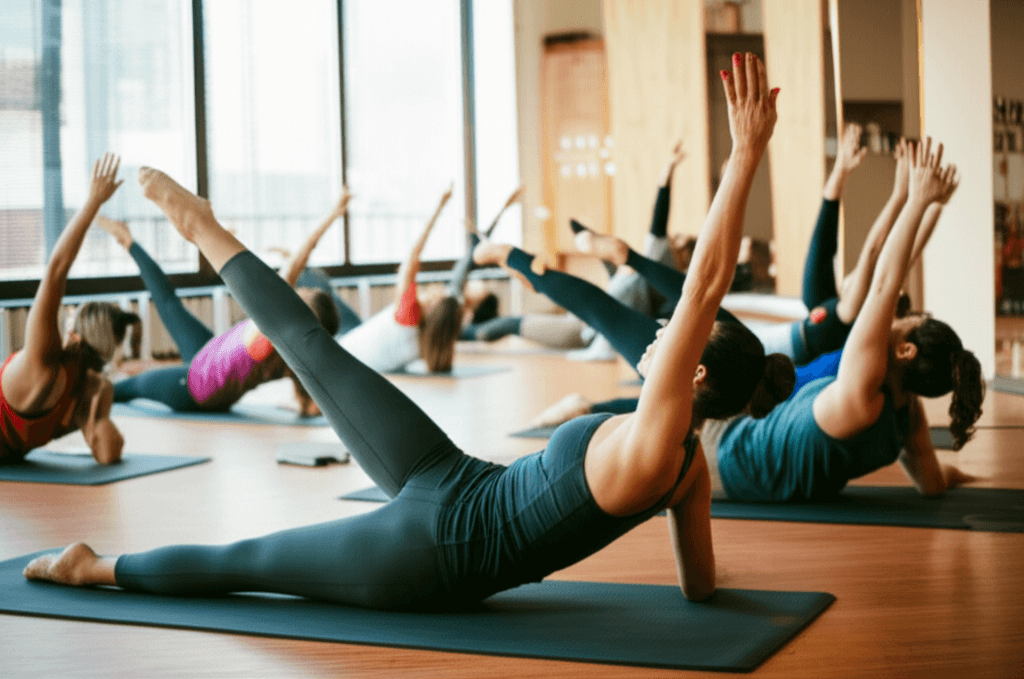
Pilates for a Balanced Modern Life
Beyond The Dart, Pilates as a whole offers a holistic approach to counteracting the stresses and postural challenges of modern living. Joseph Pilates, the founder, recognized that lifestyle, poor posture, and uncontrolled breathing were root causes of poor health. His method, originally called “Contrology,” was designed to improve physical and mental health through controlled movements.
Core Strength and Spinal Health
A fundamental principle of Pilates is its emphasis on the “powerhouse” or core, which includes the abdominal muscles, lower back, hips, and glutes. Strengthening these core muscles provides crucial support for the spine, improving stability, balance, and control in everyday movements. This is particularly beneficial for those experiencing chronic back pain or muscle imbalances.
Flexibility and Mobility
Pilates actively works to increase flexibility and mobility in the joints and spine. The controlled, flowing movements, often incorporating elements of stretching, help to lengthen tight muscles and restore natural ranges of motion. This is vital for maintaining a youthful feeling and preventing the stiffness that often accompanies aging.
Mind-Body Connection and Stress Reduction
The focus and concentration required in Pilates help to improve overall mindfulness. The integration of breath with movement not only optimizes physical performance but also calms the nervous system, aiding in stress reduction and improved focus in daily life.

Integrating Pilates into Your Routine
Pilates is accessible to nearly all fitness levels and can be performed with minimal equipment, often just a mat. Rebecca Dadoun emphasizes the importance of starting with mat Pilates to build a strong foundation and understand your body’s movements. For those with specific injuries or postural issues, or who are postnatal, seeking advice from a qualified Pilates teacher and a health professional is always recommended.
By incorporating movements like The Dart and embracing the principles of Pilates—control, breath, precision, and flow—individuals can actively counteract the physical tolls of modern life. It’s an investment in your spinal health, posture, and overall vitality, helping you to move better, feel stronger, and defy the typical signs of aging.

